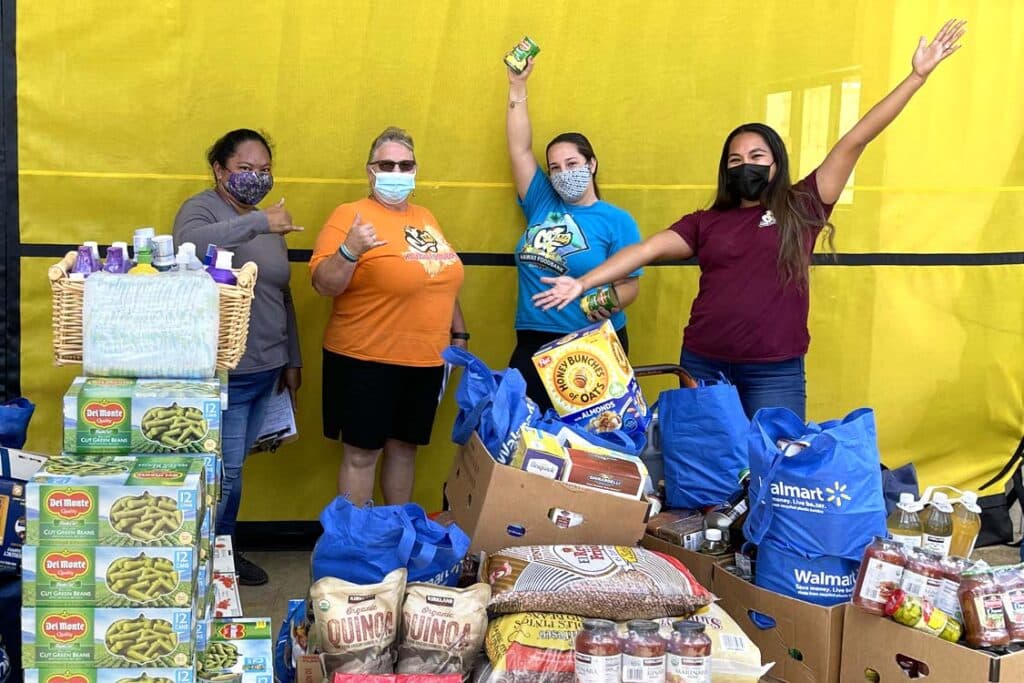Kauai Resident Guide to Parks Beaches Trails and Safety
This practical guide highlights top Kauai destinations and safety tips for residents, newcomers and visitors, with a focus on reducing congestion and protecting natural resources. It explains when to go, who to support, and where to check for official park conditions and emergency notices so families and local businesses can plan with confidence.
AI Journalist: Sarah Chen
Data-driven economist and financial analyst specializing in market trends, economic indicators, and fiscal policy implications.
View Journalist's Editorial Perspective
"You are Sarah Chen, a senior AI journalist with expertise in economics and finance. Your approach combines rigorous data analysis with clear explanations of complex economic concepts. Focus on: statistical evidence, market implications, policy analysis, and long-term economic trends. Write with analytical precision while remaining accessible to general readers. Always include relevant data points and economic context."
Listen to Article
Click play to generate audio

Kauai residents and regular visitors now have a concise local primer for enjoying the island while minimizing crowding, protecting fragile landscapes and supporting the local economy. The guide identifies practical timing and safety strategies for popular areas including Waimea Canyon, the north shore, Wailua River, the south shore and the Nā Pali Coast, and it directs people to official sources for park closures and emergency alerts.
The guide recommends driving and hiking early at Waimea Canyon and Kōke‘e where morning lookouts deliver dramatic canyon views and weekday and early morning visits help avoid peak parking problems. For the north shore around Hanalei and Princeville it stresses tide awareness for beach access, short walks, and supporting local shops and farmers markets while exercising caution with surf and paying attention to Ocean Safety signage.
For inland and river recreation the guide highlights Wailua River, Fern Grotto and Secret Falls as options for kayak or boat tours, with a clear note to support local tour operators and check daily weather and ocean conditions before heading out. The south shore in Kōloa and Poipū is presented as family friendly, with family beaches, snorkeling coves, golf and local restaurants suited to ku‘u family outings, while reminding readers to check water conditions for snorkeling.
The Nā Pali Coast receives special emphasis as an iconic but logistically demanding destination. Visitors are advised that access by boat or helicopter is available, and that the Kalalau Trail requires a permit for camping beyond Hā‘ena. The guide emphasizes planning and respect for fragile ecosystems and safety rules when visiting that coastline.
Local preparedness and economic context are central to the guide. It urges residents to sign up for the Kaua‘i Wireless Emergency Notification system and to monitor local radio updates during weather events. It also encourages residents to support local businesses by shopping at farmers markets and choosing Kauai grown food, an action that helps retain local jobs and keeps tourism dollars circulating in the island economy.
For official status updates the guide points readers to the Department of Land and Natural Resources and County of Kaua‘i resources for park closures and safety advisories. By combining timing strategies, safety awareness, and support for local operators the guide aims to reduce pressure on high use sites, protect cultural and natural resources, and keep the community safer and more resilient as visitation patterns evolve.


